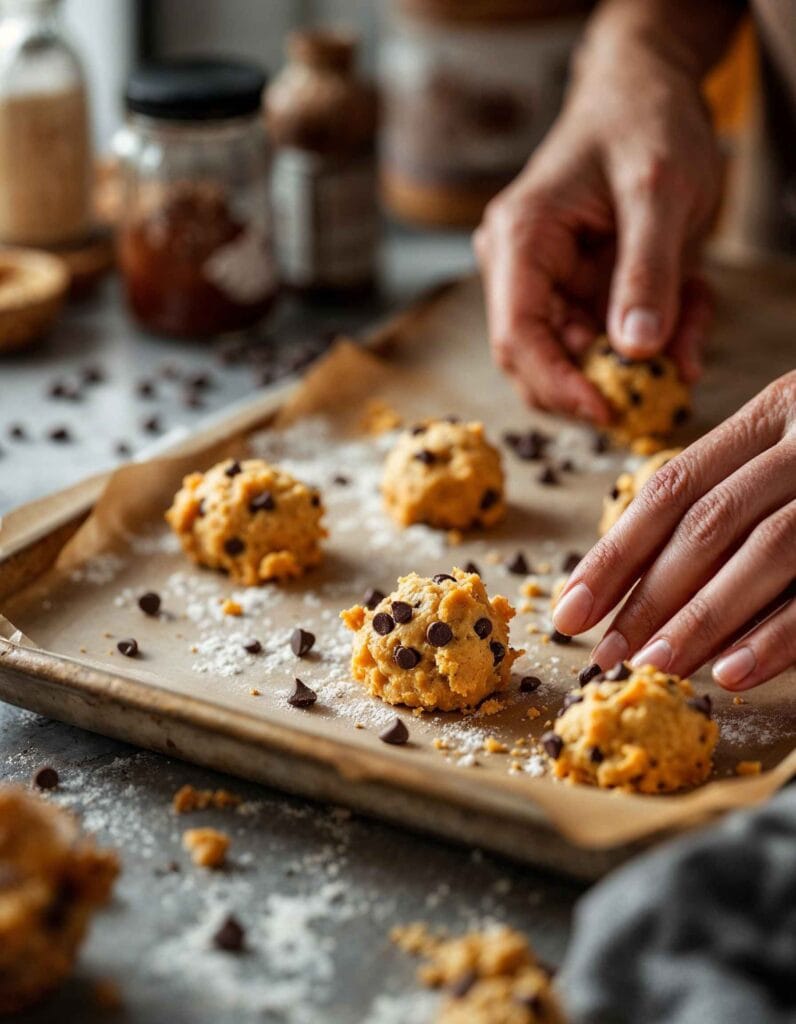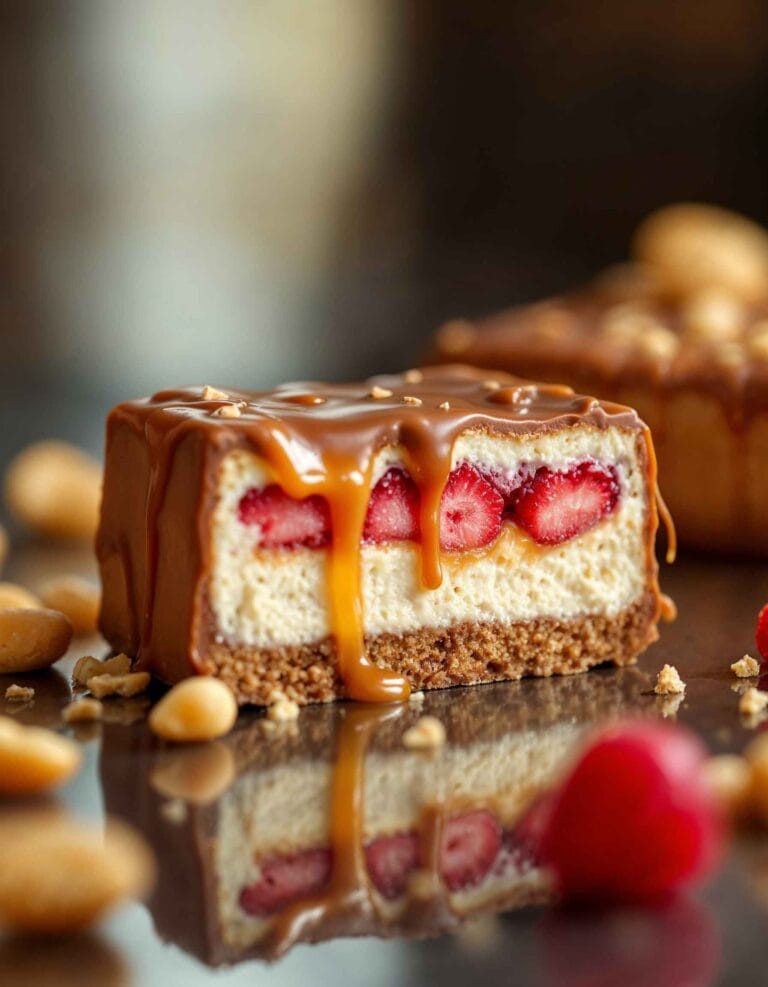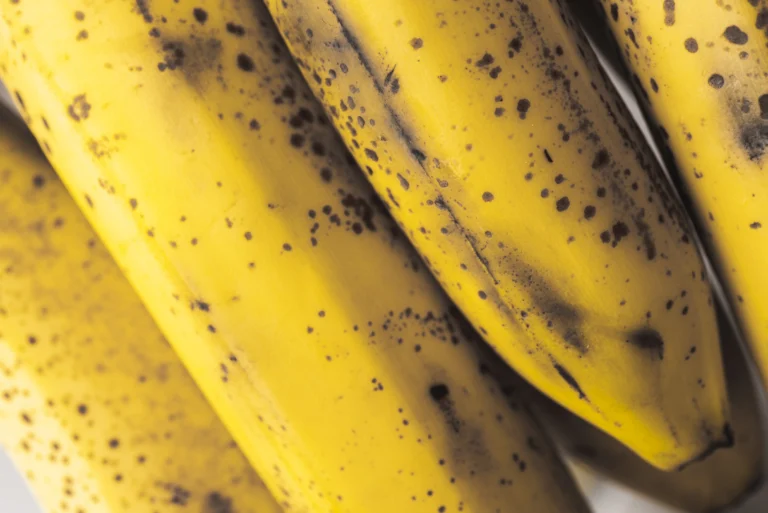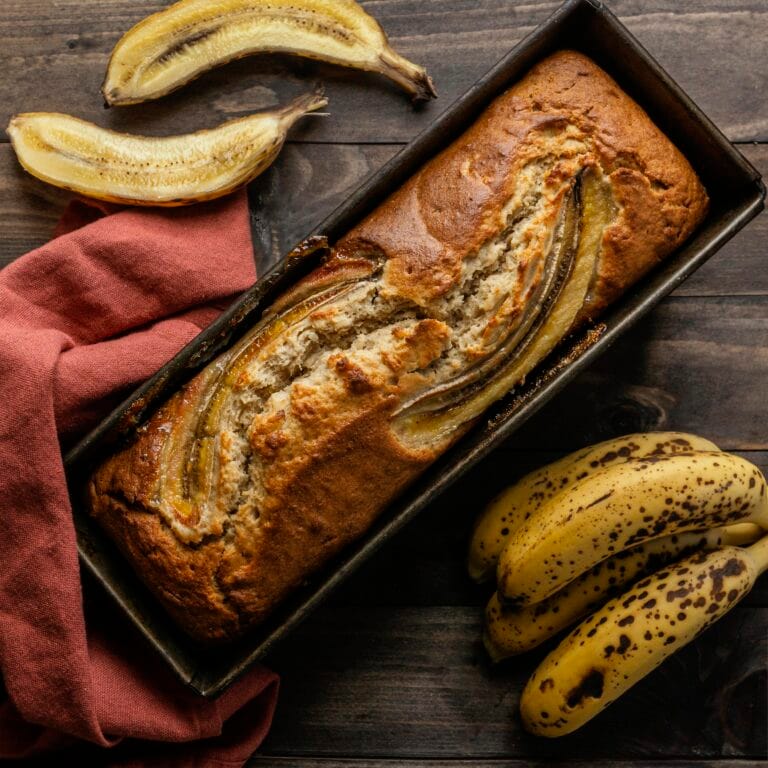Protein Cookie Recipe
Protein cookies are a delicious and nutritious alternative to traditional cookies, packed with protein to fuel your body and satisfy your sweet tooth. These cookies are ideal for anyone looking to boost their protein intake while enjoying a treat that doesn’t compromise on taste. Whether you’re a fitness enthusiast or just someone looking for healthier snack options, homemade protein cookies are easy to prepare and customizable to your preferences.
In this article, we’ll guide you through a simple protein cookie recipe, share tips for perfecting the texture and flavor, and explore ways to make your cookies as unique as you are. By the end, you’ll have all the tools you need to whip up a batch of these healthy treats in no time.
Ingredients Overview
Essential Ingredients for Protein Cookies
Creating protein cookies requires a blend of basic baking staples and a few key ingredients to elevate their nutritional value. Here’s what you’ll need for a classic batch:
- Protein Powder: The star ingredient. Opt for high-quality protein powders such as whey, casein, or plant-based varieties like pea or rice protein. Flavored powders (vanilla, chocolate, or peanut butter) can enhance the overall taste.
- Flour: All-purpose or oat flour works well. For gluten-free options, use almond or coconut flour.
- Sweetener: Use natural sweeteners like honey, maple syrup, or stevia for a healthier touch.
- Eggs: Eggs act as a binder and add moisture. For a vegan version, consider flax or chia seeds mixed with water as substitutes.
- Nut Butter: Peanut, almond, or cashew butter adds richness and a boost of healthy fats.
- Liquid Ingredients: Milk or plant-based alternatives ensure the dough remains pliable. Vanilla extract can enhance flavor.
- Leavening Agents: Baking soda or baking powder ensures your cookies are soft and fluffy.
Substitutions for Dietary Needs
The beauty of homemade recipes lies in their adaptability. Here’s how to tailor the ingredients to specific dietary preferences:
- Vegan: Replace eggs with flax or chia eggs (1 tbsp of seeds mixed with 2.5 tbsp of water). Use plant-based protein powder and dairy-free milk.
- Low-carb/Keto: Swap out flour for almond flour and use a low-carb sweetener like erythritol or monk fruit.
- Nut-free: Replace nut butter with sunflower seed butter or tahini for a nut-free alternative.
Selecting the Best Protein Powder
Choosing the right protein powder is critical to achieving a great texture and taste:
- Whey Protein: Delivers a soft and chewy texture. Ideal for standard recipes.
- Casein Protein: Produces thicker dough, which results in denser cookies.
- Plant-Based Protein: Often firmer and slightly grainier but suitable for vegan recipes. Balance the texture by adding more liquid or nut butter.
Additional Flavor Enhancers
To make your cookies more exciting, consider these optional add-ins:
- Chocolate Chips: Dark, milk, or sugar-free varieties.
- Spices: A pinch of cinnamon or nutmeg for warmth.
- Dried Fruits or Nuts: Raisins, cranberries, almonds, or walnuts.
- Superfoods: Chia seeds, flaxseeds, or shredded coconut for added nutrients.
Step-by-Step Recipe
Preparing the Dough
- Gather Your Ingredients: Measure all the necessary ingredients to ensure smooth preparation. This prevents last-minute scrambles and ensures accuracy.
- Mix Dry Ingredients: In a large mixing bowl, combine the protein powder, flour, baking soda, and any optional dry ingredients like spices or seeds. Whisk together to ensure even distribution.
- Mix Wet Ingredients: In a separate bowl, whisk together the nut butter, sweetener (honey, maple syrup, or stevia), eggs (or substitutes), milk, and vanilla extract until smooth and creamy.
Combining Wet and Dry Ingredients
- Gradual Mixing: Slowly fold the dry ingredients into the wet mixture. Mix until just combined, avoiding overmixing, which can make the cookies dense.
- Adjust Consistency: If the dough feels too dry, add a tablespoon of milk at a time until pliable. If it’s too sticky, sprinkle in a little extra flour.
Shaping the Cookies
- Portion the Dough: Use a cookie scoop or tablespoon to form even-sized dough balls.
- Shape and Flatten: Roll the dough balls between your palms, then gently press them down on a lined baking sheet. For a decorative touch, use a fork to create a crisscross pattern on the top.

Baking Instructions
- Preheat the Oven: Set your oven to 350°F (175°C) and line a baking sheet with parchment paper.
- Bake the Cookies: Place the sheet in the center of the oven and bake for 10–12 minutes, or until the edges are lightly golden. Keep an eye on the cookies to prevent overbaking, which can cause dryness.
- Cooling: Remove the cookies from the oven and let them cool on the baking sheet for 5 minutes. Transfer to a wire rack to cool completely.
Storing the Cookies
- Short-Term Storage: Store the cookies in an airtight container at room temperature for up to 3 days.
- Long-Term Storage: For extended freshness, freeze the cookies in a ziplock bag or airtight container for up to 2 months. Defrost at room temperature before serving.
Customization Options
Adding Flavors to Your Protein Cookies
Protein cookies can easily be transformed to suit your flavor preferences. Here are some popular variations:
- Chocolate Lover’s Delight:
- Add 2 tablespoons of cocoa powder to the dry ingredients.
- Mix in dark or semi-sweet chocolate chips for bursts of rich flavor.
- Sprinkle a pinch of sea salt on top for a gourmet touch.
- Vanilla Almond Bliss:
- Use vanilla-flavored protein powder for an extra boost of sweetness.
- Stir in slivered almonds and a splash of almond extract for added depth.
- Peanut Butter Power:
- Substitute peanut butter protein powder or add 1–2 extra tablespoons of peanut butter to the wet ingredients.
- Top each cookie with a peanut half for presentation.

Dietary Adaptations
Adjust the recipe to meet specific dietary needs without sacrificing taste:
- Gluten-Free:
- Replace traditional flour with almond, coconut, or a gluten-free all-purpose flour blend.
- Note that coconut flour absorbs more liquid, so adjust by adding extra milk or wet ingredients.
- Vegan:
- Use plant-based protein powders such as pea or brown rice protein.
- Replace eggs with flax or chia eggs. Mix 1 tablespoon of ground flax or chia seeds with 2.5 tablespoons of water per egg needed and let it sit for 5 minutes.
- Low-Sugar/Keto:
- Opt for unsweetened protein powder and sweeten with erythritol, monk fruit, or stevia.
- Use almond flour and reduce high-carb mix-ins like dried fruits.
Fun Mix-ins and Toppings
Elevate your cookies with creative add-ins to make them more exciting:
- Nuts and Seeds:
- Add crunch and nutrition with chopped almonds, walnuts, pecans, or pumpkin seeds.
- Sprinkle chia or flaxseeds into the dough for an omega-3 boost.
- Dried Fruits:
- Stir in chopped dried apricots, cranberries, or raisins for natural sweetness.
- Keep portion sizes small to avoid overpowering the protein content.
- Spices and Superfoods:
- Add a teaspoon of cinnamon or nutmeg for warmth.
- Incorporate superfoods like shredded coconut, cacao nibs, or matcha powder for unique flavors and added health benefits.
- Decorative Toppings:
- Before baking, press additional chocolate chips, nuts, or a sprinkle of coconut sugar onto the tops for a polished appearance.
Experimental Variations
Feeling adventurous? Try these creative ideas:
- Protein Brownie Cookies: Use chocolate protein powder, a dollop of Greek yogurt, and cocoa powder for a brownie-like consistency.
- Oatmeal Protein Cookies: Mix in rolled oats and a hint of cinnamon for a chewy, hearty cookie.
- No-Bake Protein Cookies: Blend the ingredients into a dough, shape into balls, and refrigerate instead of baking. Perfect for quick snacks.
Tips for Perfect Protein Cookies
Avoiding Dryness in Protein-Based Cookies
Protein powder can sometimes make baked goods dry or dense. Here are some strategies to maintain a moist texture:
- Balance Wet and Dry Ingredients:
- Use enough liquid (milk or plant-based alternatives) to ensure the dough is pliable and not crumbly.
- Add a tablespoon of Greek yogurt or applesauce to retain moisture.
- Don’t Overbake:
- Protein cookies can quickly become dry if overbaked. Remove them from the oven as soon as the edges are golden, even if the center looks slightly soft—it will firm up as it cools.
Balancing Sweetness with Healthy Sugars
Excess sugar can overpower the benefits of a protein cookie. Instead, use these alternatives:
- Natural Sweeteners:
- Honey, maple syrup, or coconut sugar provide a natural sweetness without artificial additives.
- Fruit-Based Sugars:
- Incorporate mashed bananas or unsweetened applesauce for a naturally sweet and nutrient-rich option.
- Low-Calorie Sweeteners:
- Erythritol, monk fruit, or stevia are great for reducing sugar while maintaining flavor.
Choosing the Right Texture
Your protein cookie’s texture depends on a few key factors:
- Protein Powder Type:
- Whey protein produces softer cookies, while casein or plant-based powders can create firmer textures. Adjust liquid ratios based on the powder used.
- Flour Choices:
- Oat and almond flours yield softer, chewier cookies, while coconut flour results in denser treats.
- Mix-ins:
- Ingredients like chocolate chips, nuts, or dried fruits can add chewiness or crunch.
Tricks for Flavor Enhancement
- Boost Flavor with Extracts:
- Vanilla, almond, or coconut extracts can elevate the flavor of the dough.
- Use Roasted Nut Butters:
- Roasted peanut or almond butter adds depth and richness compared to their raw counterparts.
- Add a Pinch of Salt:
- Salt can enhance sweetness and bring out other flavors, especially in chocolate-based cookies.
Cooling and Storing for Freshness
- Cooling:
- Let cookies cool completely on a wire rack to prevent sogginess.
- Proper Storage:
- Store in an airtight container to preserve freshness. Add a slice of bread to the container to maintain moisture for up to three days.
- Freezing:
- Wrap each cookie individually in plastic wrap and store in a freezer bag. Defrost as needed for quick, healthy snacks.
Experimentation is Key
Protein cookies are highly adaptable. Don’t hesitate to tweak the recipe to match your preferences:
- Swap in different protein powders to discover new textures and flavors.
- Vary the sweeteners or mix-ins based on what you have on hand.
- Adjust bake times slightly to create softer or crispier cookies.
Health Benefits of Protein Cookies
Protein as a Macronutrient
Protein is essential for building and repairing tissues, supporting muscle growth, and maintaining overall health. Incorporating protein cookies into your diet offers a convenient way to meet daily protein requirements. Key benefits include:
- Muscle Recovery and Growth:
- Protein cookies are excellent post-workout snacks that help repair muscle fibers and promote growth.
- Satiety and Weight Management:
- High-protein foods help you feel full longer, reducing unnecessary snacking and aiding in weight management.
- Energy Boost:
- Protein stabilizes blood sugar levels, providing sustained energy without the crashes associated with sugary treats.
Homemade vs. Store-Bought Options
Homemade protein cookies provide several advantages over store-bought alternatives:
- Customizable Nutrition:
- You control the protein content, sweeteners, and mix-ins, tailoring the recipe to your specific dietary goals.
- No Artificial Additives:
- Store-bought cookies often contain preservatives, artificial sweeteners, and unhealthy fats. Homemade versions are fresher and free of unwanted chemicals.
- Cost-Effective:
- Making cookies at home is generally more affordable, especially if you bake in bulk.
Ideal Times to Consume Protein Cookies
Protein cookies are versatile and can be enjoyed at different times during the day:
- Morning Snack:
- Kickstart your day with a high-protein cookie paired with coffee or tea.
- Pre-Workout Fuel:
- Eat a cookie 30–60 minutes before exercising for an energy boost without feeling too full.
- Post-Workout Recovery:
- Enjoy a cookie within an hour of working out to replenish energy and aid muscle recovery.
- On-the-Go Snack:
- Protein cookies are perfect for busy days when you need a quick, satisfying treat.
Nutritional Highlights
Depending on the recipe, protein cookies can offer a range of health benefits:
- Rich in Protein:
- With 10–20 grams of protein per cookie (depending on the protein powder and mix-ins), these treats can significantly contribute to your daily intake.
- Healthy Fats:
- Ingredients like nut butter and seeds provide omega-3 and omega-6 fatty acids, which are good for heart health.
- Low Sugar Options:
- By using natural or low-calorie sweeteners, protein cookies can satisfy your sweet tooth without spiking blood sugar levels.
- Added Nutrients:
- Mix-ins like nuts, seeds, and dried fruits add fiber, vitamins, and minerals, enhancing the cookies’ nutritional profile.
Balanced Snack for All Ages
Protein cookies aren’t just for fitness enthusiasts. They are also a healthy option for:
- Students:
- A portable, nutrient-rich snack for busy school days.
- Kids:
- A great way to sneak extra protein into their diets without compromising on taste.
- Seniors:
- A convenient snack to maintain muscle health and energy levels.
Common Mistakes to Avoid
Overusing Protein Powder
Adding too much protein powder can alter the texture and flavor of your cookies, making them dense or chalky. To avoid this:
- Stick to the Recipe:
- Follow the suggested measurements in the recipe. Protein powder should complement the other ingredients, not overpower them.
- Choose the Right Type:
- Whey protein blends better and has a milder flavor compared to some plant-based options, which can taste earthy or gritty if overused.
Baking Errors That Affect Texture
Proper baking techniques are crucial for perfect protein cookies. Avoid these common pitfalls:
- Overmixing the Dough:
- Overmixing activates gluten in the flour, which can make the cookies tough. Mix just until the ingredients are combined.
- Overbaking:
- Protein cookies dry out quickly when overbaked. Keep a close eye on the oven and remove cookies as soon as the edges turn golden.
- Ignoring Preheating:
- Always preheat the oven. Baking in a cold oven leads to uneven cooking and affects the texture.
Neglecting the Role of Moisture
Moisture is key to balancing the dry ingredients in protein cookies:
- Inadequate Liquid:
- Protein powders absorb liquid, so ensure there’s enough milk, yogurt, or other moist ingredients to achieve the right consistency.
- Skipping Nut Butters:
- Nut butters not only add healthy fats but also keep cookies soft and chewy.
- No Moisture Retention Add-ins:
- Ingredients like applesauce, bananas, or Greek yogurt help maintain the cookies’ moisture.
Storage Mistakes
Improper storage can cause your cookies to lose their flavor or texture:
- Exposing to Air:
- Air exposure can make cookies stale. Store them in airtight containers.
- Refrigerating Without Wrapping:
- If refrigerated, cookies should be wrapped individually to prevent them from drying out.
- Skipping Freezing for Long-Term Storage:
- For longer shelf life, freeze the cookies properly in a sealed container or freezer bag.
Misjudging Ingredient Ratios
Balancing ingredients is crucial for maintaining the flavor and structure of the cookies:
- Too Much Sweetener:
- Excess sweetener can make cookies overly sweet and compromise the health benefits.
- Wrong Flour Choice:
- Some flours (like coconut flour) require more liquid to work well. Adjust liquid ratios if you switch flours.
- Skipping a Binder:
- Eggs or substitutes like chia seeds are essential for holding the dough together. Without them, the cookies may crumble.
Underestimating the Importance of Experimentation
Finally, avoid sticking rigidly to a single recipe. Every batch of cookies can be a chance to improve:
- Try Small Test Batches:
- When experimenting with new ingredients, bake a small batch first to see how the changes affect the cookies.
- Learn From Mistakes:
- If a batch doesn’t turn out as expected, analyze what went wrong (e.g., texture, taste, moisture) and adjust accordingly.
Serving Suggestions
Pairing Protein Cookies with Beverages
Protein cookies can be enjoyed with various drinks to create a wholesome snack or dessert experience. Here are some great pairings:
- Classic Options:
- Milk: A glass of cold or warm milk complements the soft texture of cookies and provides an additional protein boost.
- Coffee or Tea: Pair with black coffee, green tea, or a creamy latte for a balanced treat.
- Healthy Alternatives:
- Protein Shakes: Enjoy with a protein shake for a post-workout combo.
- Smoothies: Pair with a fruit or green smoothie to add natural sweetness and fiber.
Incorporating Protein Cookies into Meal Prep
Protein cookies are versatile and fit well into meal-prep routines. Here’s how:
- On-the-Go Snacks:
- Pack protein cookies in resealable bags or small containers for quick snacks during busy days.
- Breakfast Add-On:
- Serve alongside Greek yogurt or oatmeal for a balanced and filling breakfast.
- Pre-Workout Energy:
- Include a cookie in your gym bag for a quick source of energy before exercising.
Gifting Homemade Protein Cookies
Homemade protein cookies make thoughtful and healthy gifts. Here’s how to package and present them:
- Decorative Packaging:
- Use mason jars, colorful tins, or eco-friendly boxes to package the cookies.
- Add a handwritten recipe card or personalized note for a special touch.
- Themed Gift Bundles:
- Pair the cookies with a reusable water bottle, fitness journal, or workout gear for a fitness-themed gift.
- Include a variety of cookie flavors in the package to showcase creativity.
Creative Serving Ideas
- Dessert Creations:
- Use protein cookies as a base for ice cream sandwiches. Simply layer your favorite ice cream between two cookies.
- Crumble the cookies over yogurt parfaits or smoothie bowls for a crunchy topping.
- Special Occasions:
- Serve as part of a healthy dessert platter alongside fruits, dark chocolate, and nuts.
- Arrange cookies on a festive tray for parties, ensuring there’s a mix of flavors to cater to all tastes.
Enjoying Protein Cookies as Part of a Balanced Diet
While protein cookies are a healthier treat, moderation is key:
- Mind Portion Sizes:
- Stick to one or two cookies as a snack to avoid excess calories.
- Pair with Whole Foods:
- Combine cookies with nutrient-dense foods like fruits or nuts to create a more balanced meal.
- Time Your Treats:
- Enjoy cookies as part of your daily protein intake, whether it’s breakfast, a mid-day snack, or post-workout.

FAQs
Are protein cookies actually healthy?
Yes, protein cookies can be a healthy snack, especially when made at home with high-quality ingredients. They provide a significant source of protein, which supports muscle repair, boosts satiety, and helps maintain a balanced diet. Additionally, homemade protein cookies allow you to control the amount of sugar, fat, and other additives, making them a healthier alternative to traditional cookies. However, store-bought options may contain artificial ingredients and excess sugar, so always check labels if you’re buying them.
Can I use protein powder instead of flour for cookies?
You can replace some of the flour in a cookie recipe with protein powder, but not all of it. Using only protein powder as a flour substitute can result in cookies that are dry, dense, or overly crumbly due to the lack of structure and binding properties that traditional flours provide. For best results, combine protein powder with other flours like oat, almond, or all-purpose flour to achieve a balanced texture and flavor.
What is the healthiest type of cookie?
The healthiest type of cookie depends on your dietary goals. Generally, cookies made with whole-food ingredients like almond flour, natural sweeteners (e.g., honey or maple syrup), and nutrient-rich add-ins (e.g., nuts, seeds, or dried fruits) are excellent choices. Protein cookies, especially those made with minimal sugar and high-quality protein powder, are among the healthiest options for their ability to satisfy hunger and support muscle growth while being lower in empty calories compared to traditional cookies.
Do protein cookies fill you up?
Yes, protein cookies can help keep you full for longer periods. Protein is a macronutrient that promotes satiety by reducing hunger hormones and stabilizing blood sugar levels. When combined with healthy fats and fiber from ingredients like nut butter, seeds, or oats, protein cookies become even more filling. They’re an excellent snack option to curb cravings between meals or as a pre- or post-workout treat.
Conclusion
Protein cookies are a versatile and nutritious treat, perfect for anyone looking to satisfy their sweet tooth while supporting their health and fitness goals. Whether you enjoy them as a pre-workout energy boost, a post-workout recovery snack, or a guilt-free dessert, these cookies are easy to customize and adapt to your dietary preferences.
By using wholesome ingredients, high-quality protein powders, and creative mix-ins, you can create a batch of cookies that align with your nutritional needs and taste delicious. Homemade protein cookies stand out for their freshness, lack of preservatives, and the ability to control their nutritional content, making them a superior choice to most store-bought options.
Experiment with flavors, textures, and toppings to discover your perfect recipe. By avoiding common baking mistakes and following proper storage methods, you can ensure that your protein cookies are consistently moist, flavorful, and ready to enjoy whenever you need a healthy snack. So grab your ingredients, preheat that oven, and get ready to bake a batch of these satisfying, protein-packed treats!







